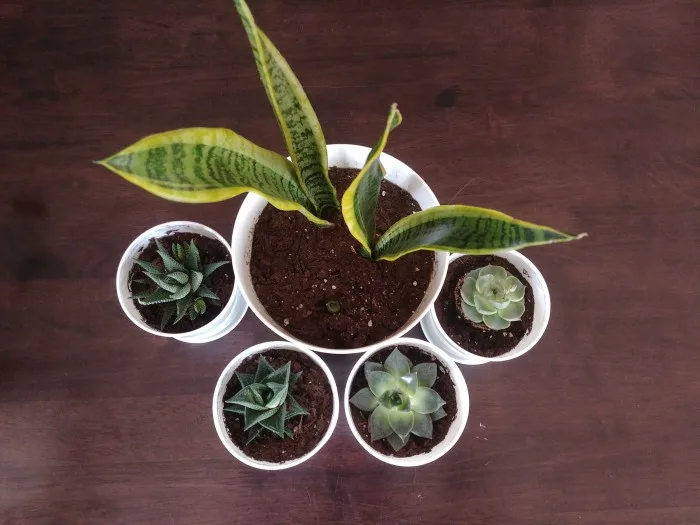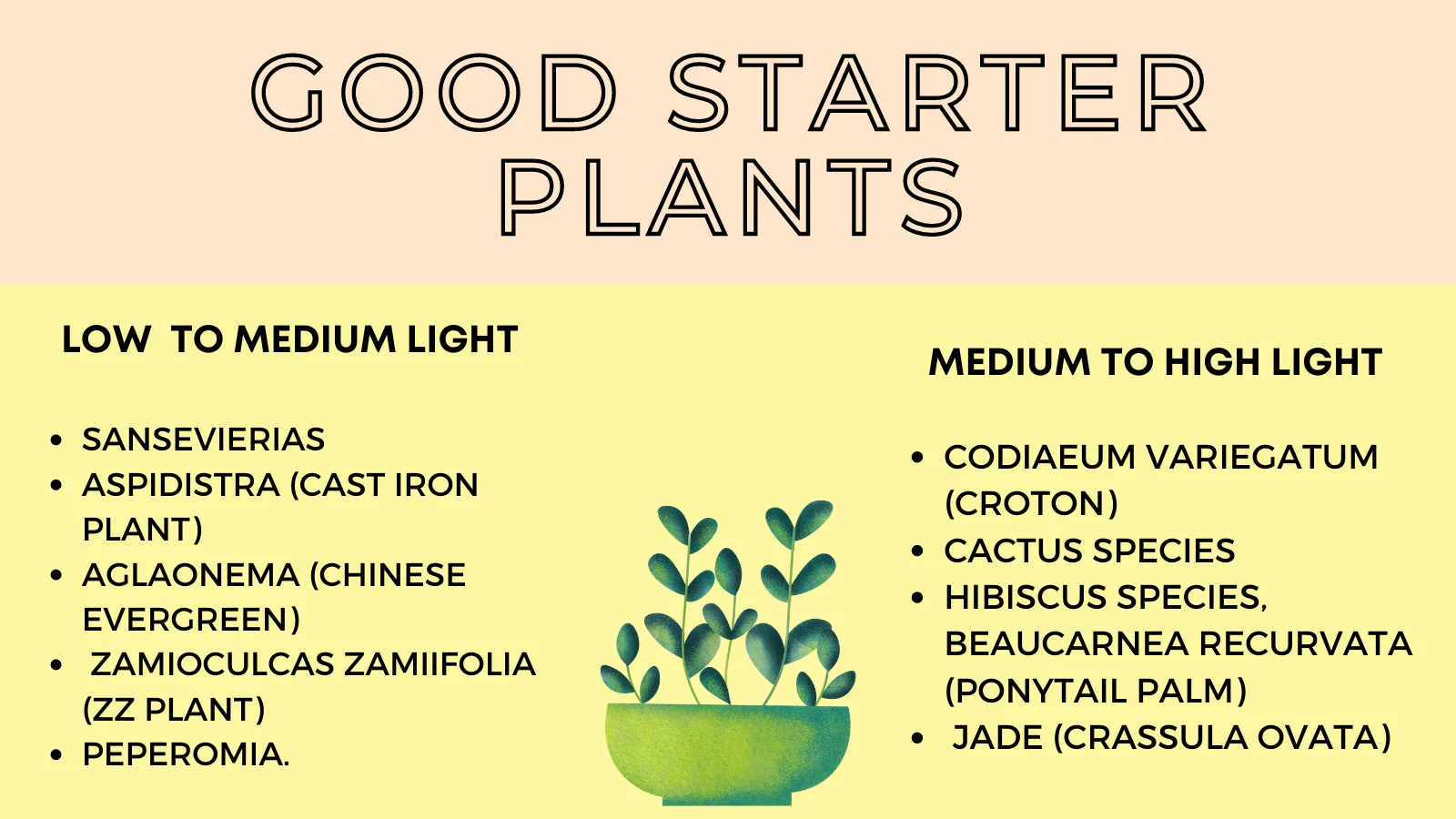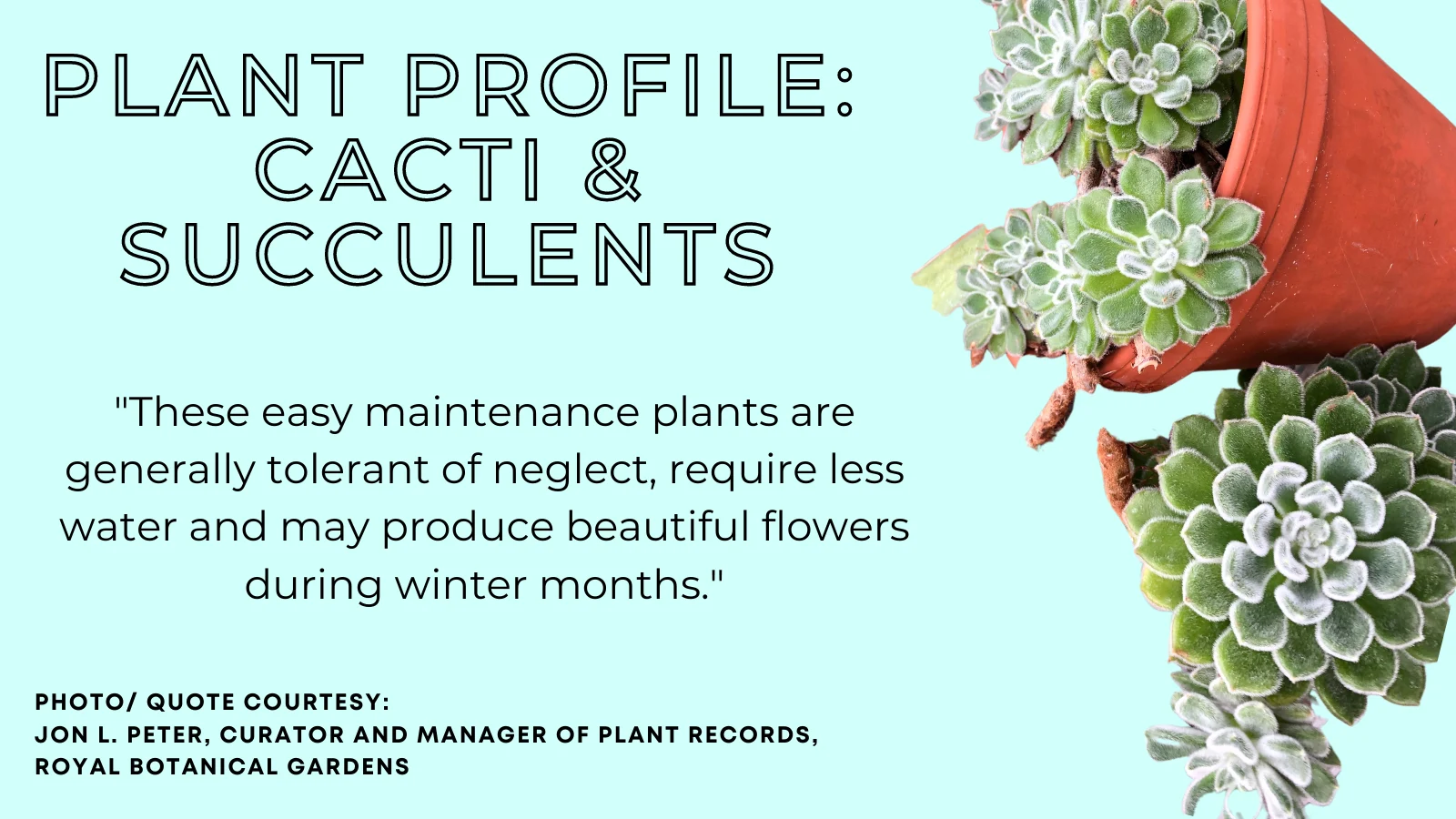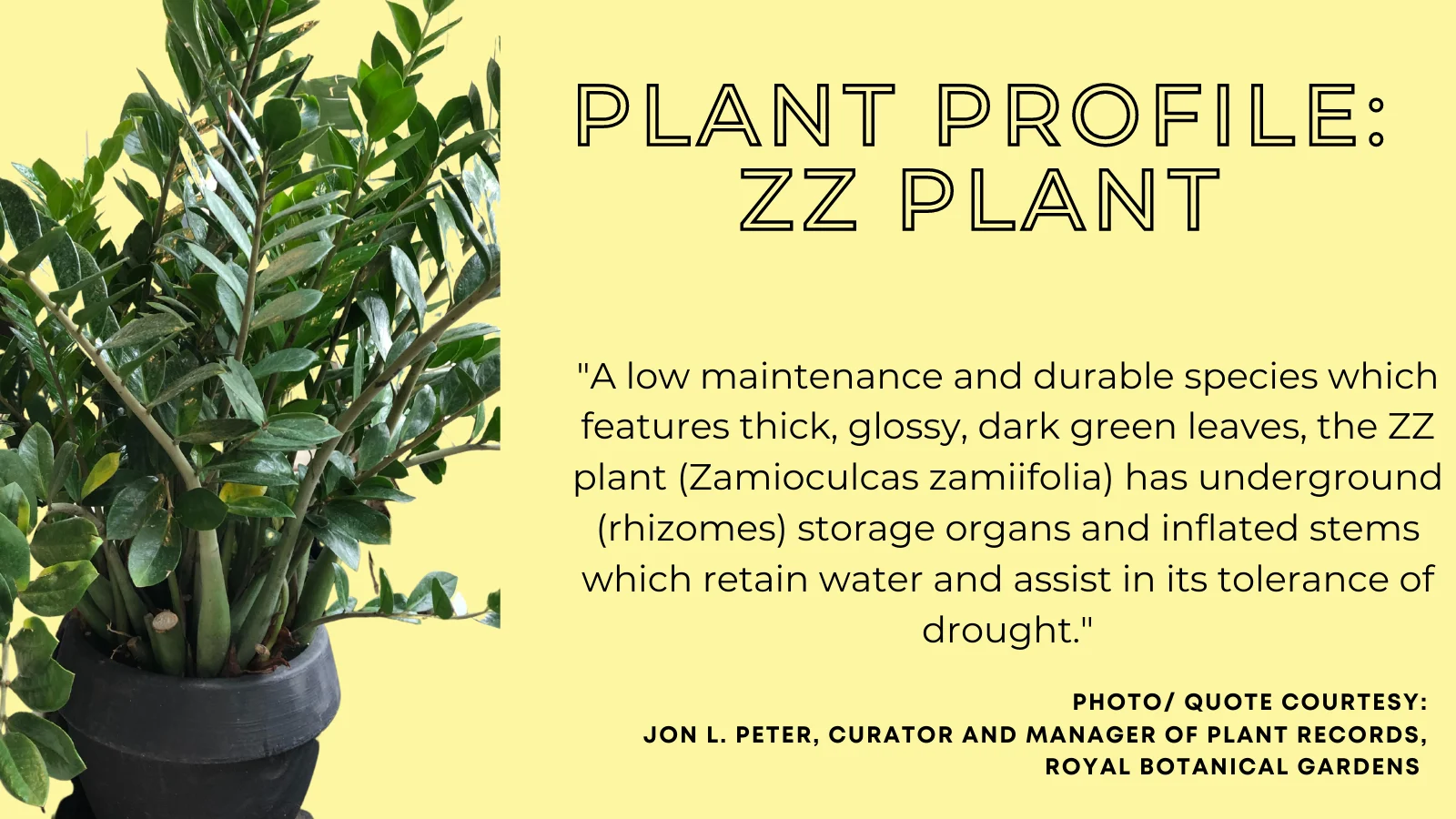
How to avoid killing your houseplants this winter
Experts weigh in on the dos, don'ts, and offer suggestions for good starter plants.
Caring for a new plant family can be relatively easy thanks to YouTube tutorials, online communities, and apps that help you keep track your collection and remind you when to water them.
But when cold weather and the dry air that accompanies it arrive, you'll need to switch up your care routine.
A few years ago, The Weather Network asked Paul Gellatly, Director of Horticulture Toronto Botanical Garden, and Jon L. Peter, Curator and Manager of Plant Records at the Royal Botanical Gardens in Burlington, Ont., for tips on how to care for houseplants in the winter.
Using their knowledge, we've put together an ultimate guide for indoor winter houseplant care.

Author Cheryl Santa Maria's houseplants.
Here are a few things to keep in mind when winter arrives.
LIGHT
Switch up the scenery. Jon: Moving your plants around the space throughout the seasons can be beneficial. Bring low-light plants into higher light locations during winter and/or move plants from north and east-facing windows to the higher light levels found in south and west-facing windows.
Consider supplemental lighting. Paul: Plants may etiolate (stretch) for light in the winter months, daylight is shorter, and the sun is lower on the horizon. Supplemental lighting can help your plants.
Keep your plants clean so they can absorb more light. Jon: With already reduced light levels during winter months, it is important to keep your plants clean by dusting off the leaves and by cleaning the windows (and removing window screens) to maximize light penetration to the surface of the leaves.
Pay attention to sunny days. Jon: Sunny periods may cause your plants to dry out faster than on cloudy days.

RELATED: Study finds houseplants can efficiently clear dangerous cancer-causing toxins from air
GROWTH AND NUTRITION
Jon: By not fertilizing when irrigating, you are able to flush/leach the potting medium of excessive build-up of minerals and ‘salts’ in the media which can accumulate during the growing season, (particularly from synthetic fertilizers) and can become hazardous to the plant.
Change up your fertilization schedule. Paul: The growth of some plants slows down in the winter; others grow more quickly. Fertilizing your plants needs to be on schedule with that. If they are actively growing, they need more frequent fertilizing than if they are not.
SEE ALSO: How to restore and protect your lawn through winter after a drought
TEMPERATURE AND HUMIDITY
Jon suggests increasing humidity by clustering plants together and humidifying the air. You may also want to consider moving plants to areas of higher humidity like the bathroom or kitchen.
Try to keep humidity levels consistent. Humidity levels can drop "significantly" in the winter, Paul says, so it's important to examine your plants regularly for signs of environmental stress, like browning of the leaves.
"You can do a few things to increase humidity," he adds.
"There are many small humidifiers on the market, if you have several plants in one area, investing in a small portable humidifier can significantly improve your plant's health. Using a pebble tray under the pot can also improve humidity around the plant as it evaporates but remember to always check that there’s water in the pebble tray, and that the pot is sitting above the level of the water, because you don’t want waterlogged roots."
A running fish tank is another way to improve humidity.
"Keep a close eye on your plants, and look for signs of change, both good changes, and bad ones. Those changes can tell you a lot about what's happening with your plants."
Some signs a plant may need water, fertilizer, or a change of environment include wilting or changing colour.
You'll also want to avoid drafts, which can be an issue in the winter.
"If you have a plant near a door or window that frequently opens in the winter, it should be moved," Paul says.

DON'T MISS: 10 common outdoor plants that are toxic to pets
WATERING
Plants like melted snow, rain, and distilled water.Paul: Watering your plant with distilled water, melted snow, or rain can make a difference in some plant's overall health.
Make sure the water isn't too hot or too cold -- room temperature is best.
Researching your plant and its requirements is a good way to ensure you are providing the plant with the best opportunity for success.
Avoid overwatering by checking below the soil's surface. Jon: The surface can dry out quickly from the dry air but below could still be quite moist. The best method in deciphering when to water is to get familiar with the weight of your plants when they are dried out and when they have adequate moisture. You are able to easily tell when the media has dried down due to the light-weight of the potted plant.
Provide deep watering and not little sips. Jon: Shallow and insufficient watering encourages weak root systems which can be stressful to the plant.

DOS AND DON'TS
DO
For plant care 'Dos', Jon has the following tips:
Groom. Winter is a good time of year to remove yellowed leaves and to clean up the shape and appearance or reduce the size of your plants.
However, only conduct significant pruning to plants that are fully dormant. Most plants will want you to hold off on pruning until they are actively growing again or just before they begin growing again, which is usually in late winter and early spring.
Use pots with drainage holes. Make sure that your new containers have drainage holes in the bottom to allow water to freely drain from the potting media as to not suffocate the root system by holding on to too much water.
Choose your pots wisely. Consider using porous container materials like terra cotta for plants that require less water and non-porous container materials like metal and plastic for plants that require more water.

DON'T
Overwater.Jon: Proper irrigation is critical during all seasons but specifically in the winter. The biggest killer of interior plants is overwatering, especially during winter months when the plants may not be actively growing.
Put tiny plants in a large pot.Paul: Stick to a regular watering schedule, and don’t over pot your plants, because planting them in a bigger pot before they are ready is one of the most common mistakes that people make.











